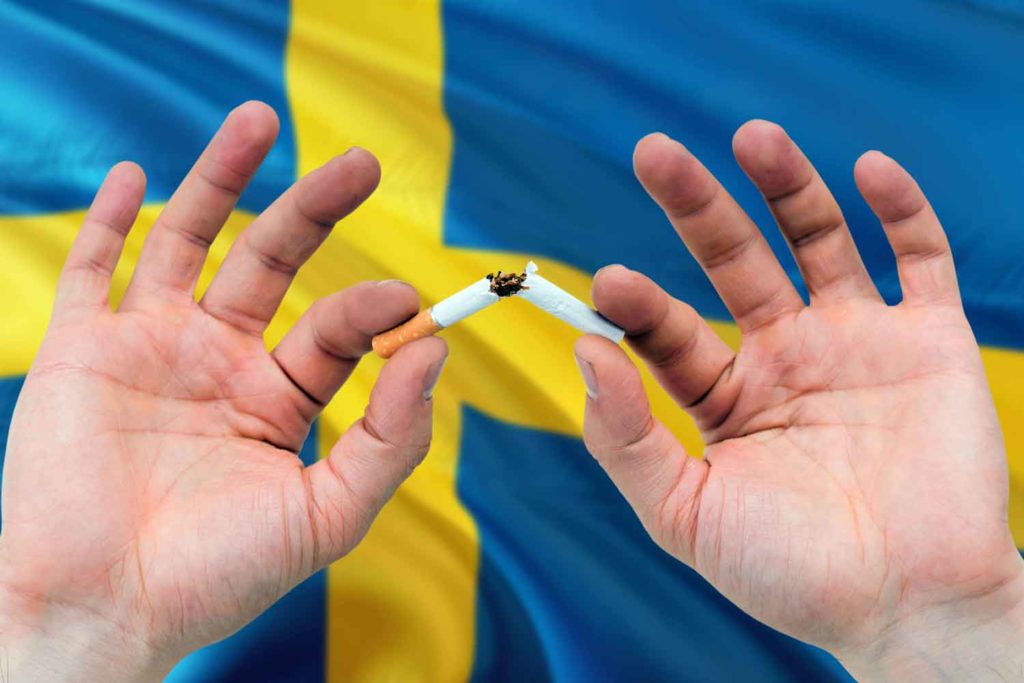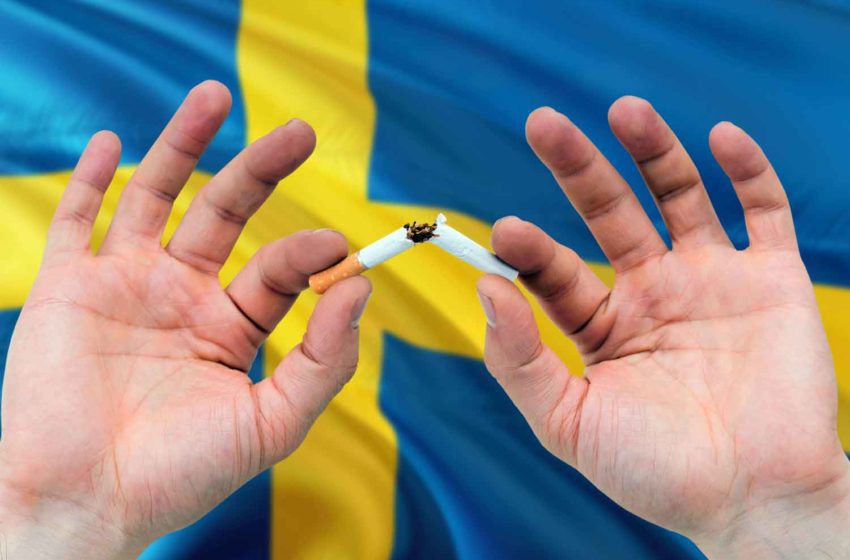
Smoking prevalence is poised to drop below 5 percent in the coming months in Sweden—a level that would make the country “smoke-free,” according to a commonly used definition.
No other country in the European Union is even close to replicating this achievement and none are currently on track to even achieve it by the EU’s target of 2040, in 17 years’ time.
Sweden’s groundbreaking strategy to minimize the harmful effects of tobacco smoking and save lives is detailed in a new report titled “The Swedish Experience: A roadmap for a smoke-free society,” presented March 14 at an international research seminar in Stockholm.
According to the report’s authors, Sweden’s approach, which combines tobacco control methods with harm minimization strategies, could save 3.5 million lives in the next decade if other EU countries adopt similar measures.
“Quitting smoking like Sweden saves lives,” said Anders Milton, one of the report’s authors, in a statement. “It has annually saved more than 3,400 lives in Sweden. If all other EU countries did as Sweden did, 3.5 million lives could be saved in the coming decade in the EU alone.”
The Swedish model combines recommendations in the WHO Framework Convention for Tobacco Control, including reducing the supply and demand of tobacco, banning smoking in certain places, but it adds an important element: accepting smoke-free products as less harmful alternatives.

Sweden has a very successful tobacco strategy that should be exported.
Karl Fagerström, co-author, “The Swedish Experience: A roadmap for a smoke-free society”
“It’s about combining tobacco control with harm minimization,” explained Delon Human, another of the report’s authors. “There are no risk-free tobacco products, but e-cigarettes, for example, are 95 percent less harmful than cigarettes. It is far better for a smoker to switch from regular cigarettes to e-cigarettes or nicotine pouches than to continue smoking.”
The benefits of Sweden’s strategy are enormous, with the country having the lowest percentage of tobacco-related diseases in the EU and a 41 percent lower incidence of cancer than other European countries. The report also describes how the percentage of smokers in Sweden has dropped from 15 percent to 5.6 percent of the population in 15 years, putting it on track to achieve smoke-free status 17 years ahead of the EU’s 2040 target.
“Sweden has a very successful tobacco strategy that should be exported,” said Karl Fagerström, who also authored the report.
“It would be of enormous benefit to the world if more countries did as Sweden did with measures that reduce supply and demand while having differentiated tax rates that give smokers financial incentives to switch from cigarettes to less harmful alternatives,” Fagerström added.
The report was commissioned by Health Diplomats, an international organization working to improve access to healthcare, encourage innovation and the use of harm reduction to minimize the negative impact of alcohol, food, nicotine and drugs.
For countries looking to replicate the Swedish experience, the report offers the following recommendation:
- Recognize smoke-free products as less harmful and that they pose significantly less risk than smoking. Encourage smokers to switch from cigarettes to less harmful alternatives.
- Provide fact-based information. It is clear that there are no risk-free tobacco products. But, for example, e-cigarettes are 95 percent less harmful than cigarettes. Of course, it is better for a smoker to switch from regular cigarettes to e-cigarettes, although it is not without risk.
- Implement policy decisions that make smoke-free alternatives more accessible than cigarettes; for example, differentiated taxes that give smokers financial incentives to switch from cigarettes to less harmful alternatives.
The full report is available here: smokefreesweden.com/report_en.











